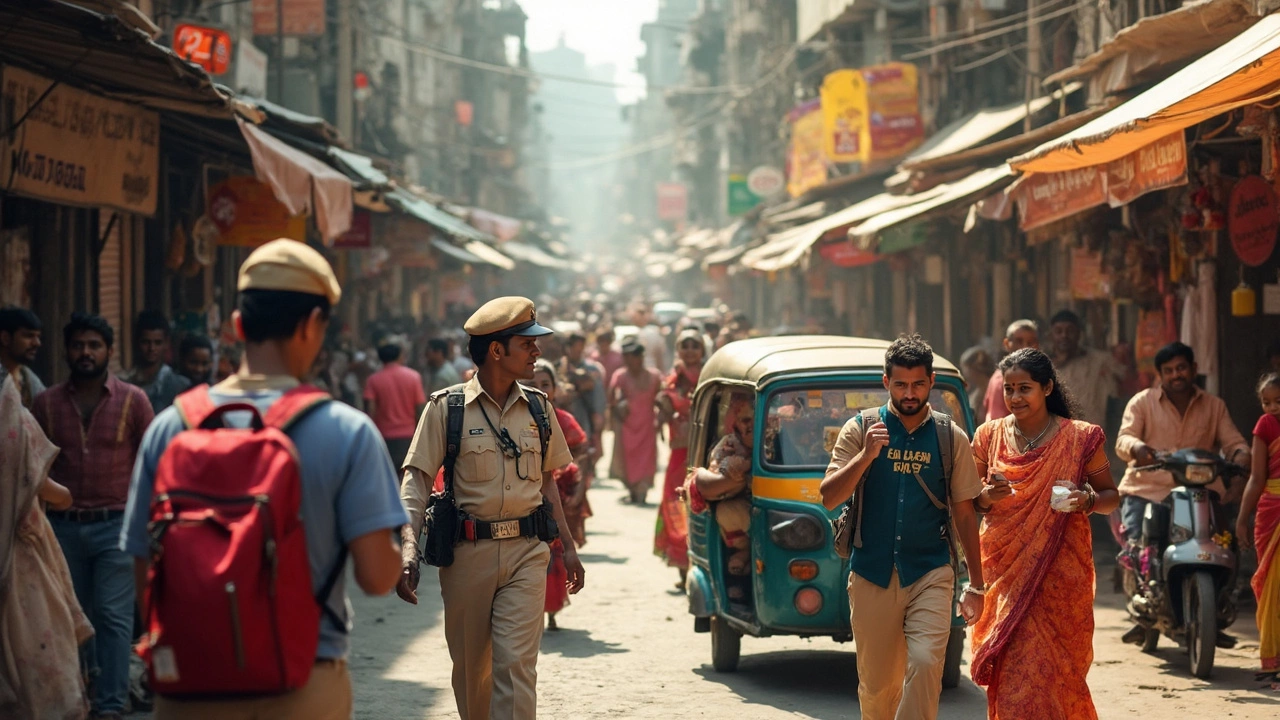
Curious about safety in India for visitors? Find out what to expect, how to stay safe, practical tips and local realities for tourists in India.
When planning a trip across the subcontinent, tourist safety tips India, a set of practical guidelines that help visitors stay safe while exploring India's diverse regions. Also known as India travel safety guide, it offers a clear roadmap for anyone heading into bustling cities, remote villages, or coastal hotspots. travel safety, the practice of preparing for and mitigating risks during trips is the backbone of these tips, demanding awareness of local laws, traffic patterns, and emergency contacts. Health measures are just as vital; malaria prevention, steps to avoid mosquito‑borne illness in high‑risk areas can mean the difference between an unforgettable vacation and a missed day of sightseeing. Current travel advisory, official updates that highlight regional safety concerns often point out weather‑related disruptions, political gatherings, or health alerts, so staying informed is non‑negotiable. tourist safety tips India encompasses health precautions, while travel safety requires knowledge of the nearest hospital and local police numbers. Malaria prevention influences safe travel in tropical Indian states, and travel advisory guides tourists on regions with higher risk. Travel insurance supports visitors when unexpected events happen, adding a financial safety net that many overlook.
First, understand the health landscape: vaccinations for hepatitis A, typhoid, and tetanus are recommended, and anti‑malaria tablets may be needed in states like Assam, Odisha, and Kerala. Pack a basic medical kit with band‑aids, antiseptic wipes, and oral rehydration salts – these small items often save a lot of hassle. Second, secure your documents: keep a digital copy of your passport, visa, and insurance on a cloud service, and store the originals in a hotel safe. Third, learn the local emergency numbers: 112 is the all‑India emergency helpline, but many regions also have specific police (100) and ambulance (108) lines. Fourth, be mindful of transportation risks – always wear a seatbelt on highways, avoid night travel on poorly lit roads, and verify that ride‑share drivers have valid licenses. Finally, respect cultural norms: dress modestly in religious sites, ask permission before photographing people, and follow local customs to avoid unintended offense. By weaving these practical steps into your itinerary, you create a safety net that lets you focus on enjoying the Taj Mahal’s sunrise, the spice markets of Delhi, or the backwaters of Kerala without constant worry.
Now that you have a solid understanding of the core safety pillars, the articles below dive deeper into each aspect—whether you need the latest malaria guidance, the most recent travel advisory for India in 2025, or tips on picking the right travel insurance plan. Explore the collection to arm yourself with actionable insights that turn a good trip into a great, worry‑free adventure.

Curious about safety in India for visitors? Find out what to expect, how to stay safe, practical tips and local realities for tourists in India.